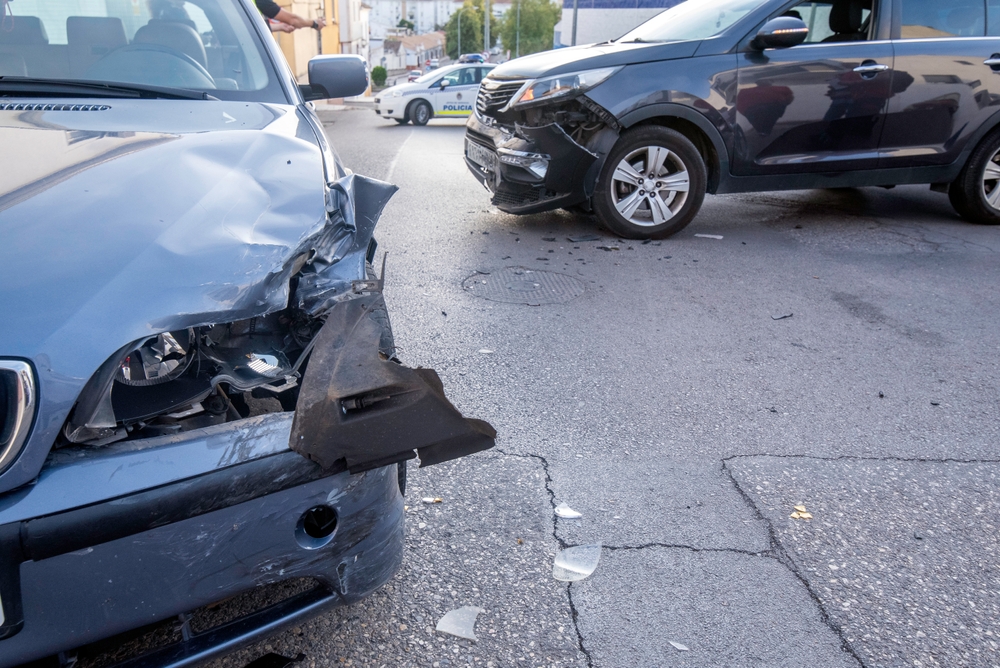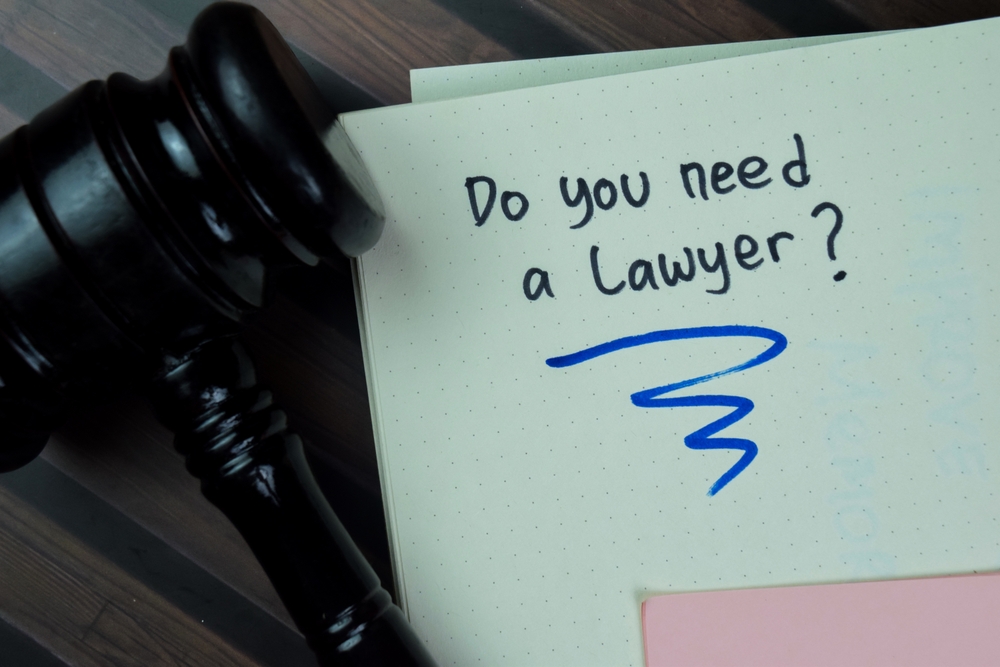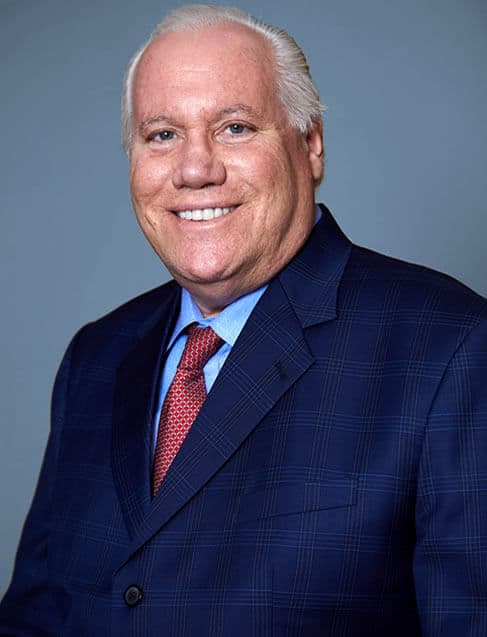The minutes and hours after a crash are a blur of adrenaline, confusion, and pain. Now that you are home, the physical and emotional toll begins to set in, along with pressing questions about the future.
You are likely facing medical bills, time away from work, and the stress of a damaged vehicle. Central to all of this is one fundamental question: who is at fault in a car accident?
The answer to this question determines who is financially responsible for the harm you have suffered. Proving liability requires more than just your side of the story; it requires clear evidence and a strategic approach to the law. Contact our New York car accident lawyer for free consultation.
Schedule a Free Case Evaluation
The Basics of Determining Fault in a New York Car Accident
In New York, fault is not an all-or-nothing concept. It is based on a legal principle called negligence. In simple terms, negligence means that someone had a responsibility to act with reasonable care, failed to do so, and that failure directly caused your injuries.
Every driver on the road in Brooklyn, Queens, or anywhere else in the state has a duty to operate their vehicle safely. They are considered negligent when they breach that duty by speeding, texting, or making a reckless turn.
The core elements needed to establish another driver's negligence include:

- A Duty of Care: The other driver had a legal obligation to drive safely and follow all traffic laws. This is a given for anyone with a driver's license.
- A Breach of That Duty: The driver violated their duty. This could be through a specific action, like running a red light, or a failure to act, like not using a turn signal.
- Causation: The driver's breach of duty was the direct cause of the collision and your resulting injuries.
- Damages: You suffered measurable harm, such as medical expenses, lost wages, and pain and suffering, as a result of the crash.
Building a case for fault begins the moment you get home. The insurance company for the other driver starts its investigation immediately, and its goal is to protect its own financial interests, not yours.
Your Actions After Returning Home Can Protect Your Claim
What you do in the days following a collision can significantly influence the outcome of your case. Your memory and records are powerful tools.
- Write down everything you remember: Your memory of the event is vital evidence. Write down or record every detail you can recall as soon as you can. Do not wait. Memories fade quickly, and small details can become significant later.
- Document your injuries: Keep a daily journal of your pain and physical limitations. Take photos of your visible injuries (bruises, cuts, casts) as they change over time. This creates a clear record of your suffering that goes beyond just medical bills.
- Organize paperwork: Create a file for everything related to the accident. This includes the driver information you exchanged, any information given to you by police, and all medical-related documents, such as hospital discharge papers, bills, and receipts for prescriptions.
- Stay off social media: Insurance adjusters frequently search claimants' social media profiles for anything they can use against them. A photo of you at a family barbecue or a simple comment about feeling "okay" can be twisted to suggest your injuries are not as severe as you claim. Refrain from posting about the accident or your condition.
How Official Reports Help Establish Fault in a Crash
The official police report is often the first piece of evidence that all parties review. While not always the final word on liability, it provides a neutral, third-party account of the incident.
A lawyer knows how to obtain this report and analyze it for key details.
- Accident diagrams: The officer's drawing of the crash scene, showing the position of the vehicles, can provide a clear visual of how the collision occurred.
- Driver and witness statements: The report contains summaries of what each driver and any witnesses told the officer at the scene.
- Traffic citations: If the other driver was ticketed for a moving violation, like speeding or failure to yield, it is strong evidence of their negligence.
- Officer's opinion: In some cases, the officer may include their opinion on how the crash happened or who was at fault, which can be very persuasive.
The Power of Witness Statements
An independent witness who saw what happened can be your strongest ally. A neutral third party has no stake in the outcome, so insurance companies and juries often see their testimony as highly credible.
- Passengers: People who were in your car or the other driver's car can provide testimony, though it may be viewed with some bias.
- Other drivers: Drivers who were nearby and saw the collision unfold can offer a clear perspective.
- Pedestrians or local workers: Someone on the sidewalk, a crossing guard, or a construction worker may have had a perfect vantage point. Your attorney can work to identify and contact these potential witnesses, even if they are not listed on the police report.
Using Visual Evidence to Reconstruct the Crash
In a car accident claim, a picture is truly worth a thousand words. Visual evidence can stop a dispute over fault in its tracks and show exactly what happened.
- Photographs of the scene: Pictures of the vehicles' final resting positions, skid marks on the road, property damage, and traffic signals can help reconstruct the event.
- Dash cam footage: Your own dash cam video provides undeniable proof. Your lawyer can also work to find out if the other vehicle, such as a commercial truck or taxi, had a dash cam.
- Surveillance video: Many crashes in areas like Brooklyn and Queens are captured on nearby security cameras from storefronts, apartment buildings, or traffic lights. An attorney can send preservation letters to these businesses to ensure the footage is not deleted.
Common New York Car Accident Scenarios and Fault
While every crash is unique, many fall into common patterns where fault is generally well-established. An attorney familiar with these scenarios knows what to look for to prove your case.
Rear-end collisions
In most rear-end collisions, there is a legal presumption that the driver in the back is at fault. This is because every driver is responsible for maintaining a safe following distance.
- Exceptions Exist: The lead driver could be found partially at fault if they stopped suddenly for no reason, had non-working brake lights, or cut off the other driver and immediately slammed on their brakes.
- Chain Reactions: In multi-car pileups, determining fault can be more involved, often requiring a detailed analysis of the sequence of impacts.
Left-turn and T-Bone accidents
Accidents involving a vehicle making a left turn are very common at New York intersections. The driver turning left almost always has the duty to yield the right-of-way to oncoming traffic.
- Driver Turning Left: This driver must wait until it is completely safe to make the turn. Turning in front of an oncoming vehicle is a clear breach of this duty.
- Oncoming Driver's Role: The oncoming driver could share fault if they were speeding excessively, ran a red light, or were not using their headlights at night. This is where witness statements and video footage become vital.
"Suicide Gap" accidents in city traffic
This dangerous scenario, common in the heavy traffic of NYC and Long Island, happens when a driver in a stopped lane of traffic waves you on to make a left turn. You proceed, only to be struck by a vehicle traveling in the next lane of moving traffic.

- The Driver Who Waved: The "Good Samaritan" who waved you through has no legal authority to tell you it is safe. They cannot be held liable.
- The Turning Driver's Responsibility: As the driver making the turn, you still hold the primary duty to ensure the way is clear before proceeding.
- The Oncoming Driver's Fault: The driver who hit you may also be at fault if they were speeding or not paying attention to the road. This is a nuanced situation where an attorney's help is critical.
Accidents in parking lots or involving taxis
The rules of the road can change in certain environments. Parking lots and for-hire vehicles like taxis have their own considerations.
- Parking Lot Fault: Parking lots are private property, and standard traffic laws may not apply in the same way. Common sense rules usually determine fault. A driver pulling out of a parking spot must yield to cars in the main thoroughfare.
- Taxi Accidents: Taxis are "common carriers," which means they are held to a higher standard of care for the safety of their passengers. If you were injured as a passenger in a taxi, the driver and their company have a significant responsibility for your well-being.
Why You Need a Lawyer to Prove Who Was at Fault
Insurance companies handle thousands of claims a day. They have teams of adjusters and lawyers whose job is to minimize payouts. Facing them alone puts you at a distinct disadvantage while you are trying to recover from your injuries.
Hiring a personal injury lawyer becomes your advocate, fighting to protect your rights and prove the true value of your claim.
Fighting the insurance company
The other driver’s insurer is not on your side. Their primary goal is to close your case for the least amount of money possible. A lawyer shields you from their tactics.
Hiring accident reconstruction professionals
In serious crashes with disputed fault, your lawyer can bring in a team to scientifically prove what happened. These professionals use physics and engineering principles to analyze the evidence and form an objective opinion on liability.
Frequently Asked Questions About Car Accident Fault
What if the other driver lies about what happened?
This is very common. It becomes a "he said, she said" situation, which is why objective evidence is so valuable. A lawyer works to find the evidence—like video footage, witness testimony, or data from an accident reconstruction—that proves your version of events and disproves the other driver's story.
What happens if I am found to be partially at fault for the accident?
Under New York's pure comparative negligence rule, you can still recover money. Your final settlement or award will be reduced by your percentage of fault. For example, if your damages are $100,000 but you are found 20% at fault, you would receive $80,000. A lawyer's job is to minimize any fault assigned to you.
How long do I have to file a personal injury claim in New York?
In New York, you generally have three years from the date of the accident to file a lawsuit for personal injury. This is known as the statute of limitations. There are some exceptions, and for claims against a municipality (like the City of New York), the deadline is much shorter. It is best to contact a lawyer as soon as possible.
Can I still have a case if the police report says I was at fault?
Yes. A police report is an officer's opinion; it is not the final decision on legal liability. An officer may not have seen the accident or may have made a mistake. A lawyer can investigate further to uncover evidence contradicting the report and proving the other driver was responsible.
From Confusion to Clarity: Your Next Step

Determining who was at fault in a car accident is a process of careful investigation and evidence gathering. You do not have to go through it alone. Having a dedicated legal advocate on your side ensures your rights are protected and the insurance companies are held accountable.
The New York personal injury attorneys at Queller Fisher are committed to providing substantial, capable assistance to people hurt in accidents across New York City, Westchester, Nassau, and Suffolk counties. We are ready to listen to your story and explain how we can help you move forward.
Queller Fisher
The Woolworth Building
233 Broadway, 18th Floor
New York, NY 10279
Phone: 212-406-1700